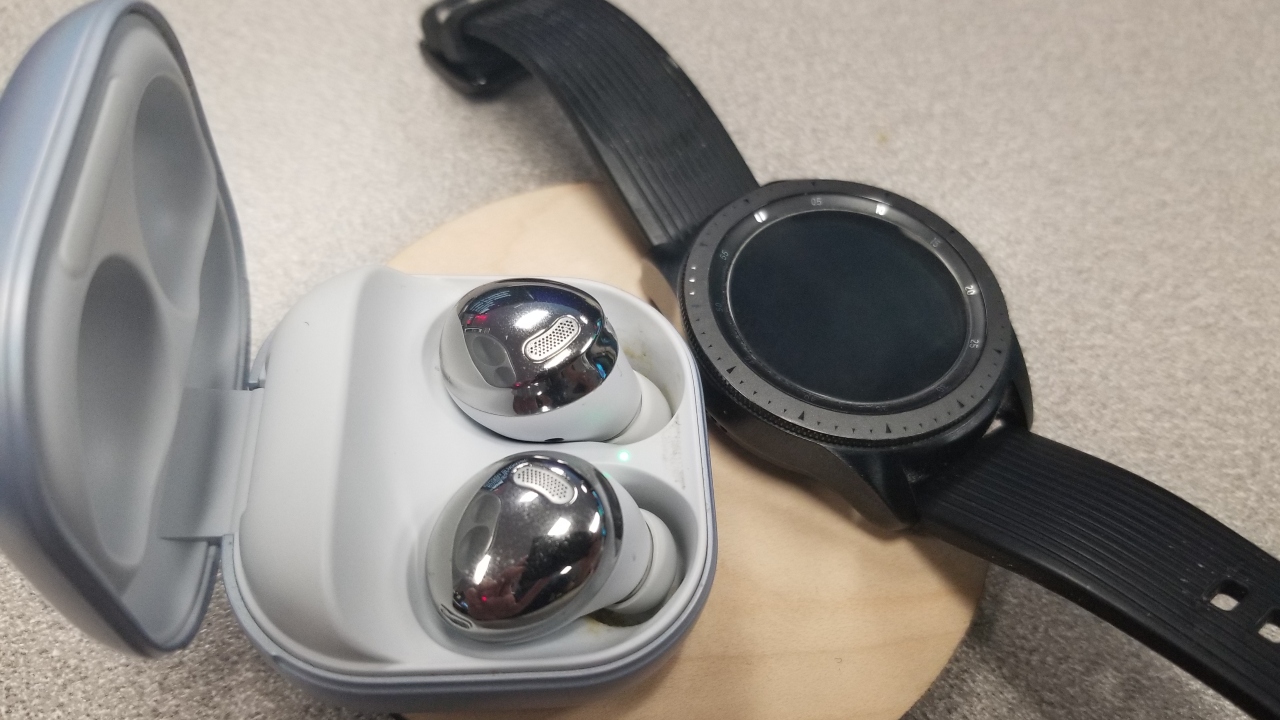
Getting back in shape with a new direction isn’t easy. Smart devices know this too. That’s why there’s fitness tech.
Summer blooms with several ways to get fit. Double-digit temperatures make it easier to exercise outdoors. I’ll spare you the details on glamorous benefits and a “summer body” drive. But the progress ultimately puts health first in any physical activity. With the rest of Canada’s long winters gone, there’s plenty of reason to trade an indoor treadmill for an open world.
Yes, that was a video game reference. Smart devices have also taken notes from the interactive medium for their fitness tools.
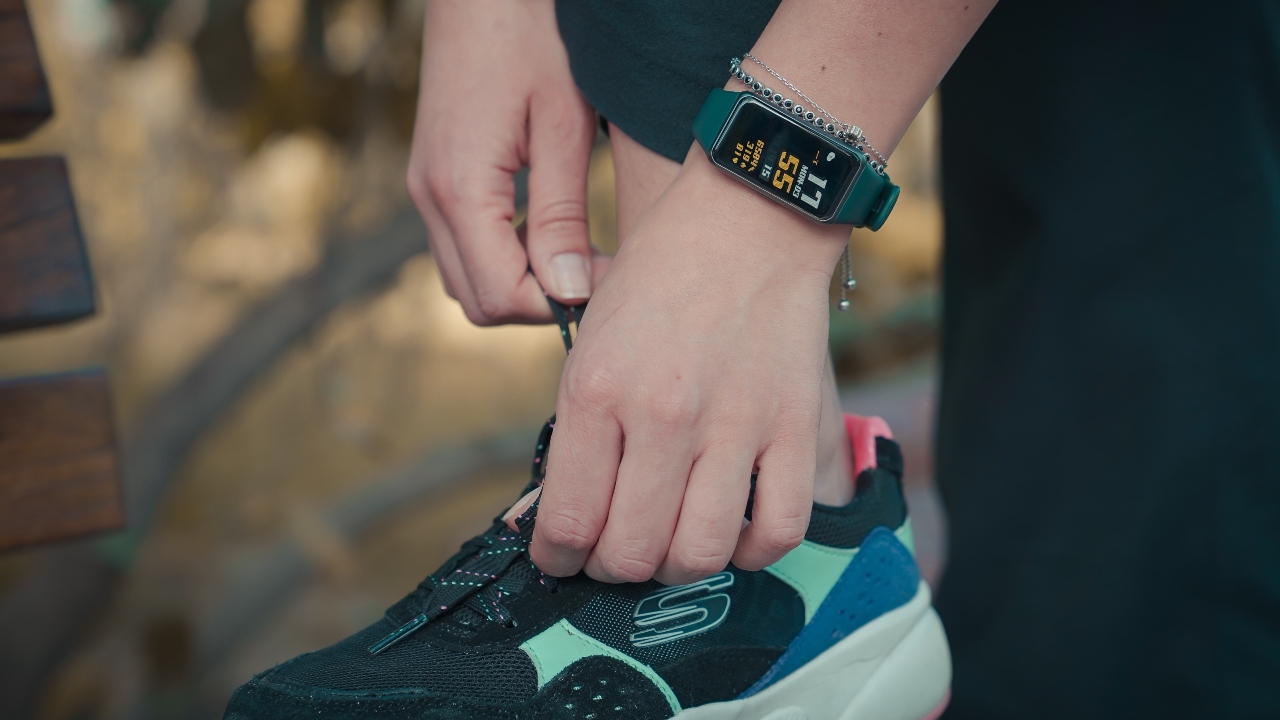
Summer marks an opportunity to start making progress. For inner athletes looking to come out of hiatus, going hi-tech might be that new direction. But having an AI buddy brings something handy: numbers that don’t lie. The ongoing pandemic doesn’t help with increased screen time; something fitness tech could leverage to bring warmer workout days back.
It shouldn’t have taken 12 years for me to take running seriously again. Save for moments of chasing a bus or occasional sprints to be on time. My high school days of cross-country ended without knowing how I really fared. Without tech, a gym subscription, or any drive but to earn a varsity jacket, running was a surprisingly neat gateway. The sport can happen literally anywhere with a focus on cardio, exercising lungs, heart, steps and endurance. This also amounts to thousands participating in marathons, runs and charity events annually.
A work-organized 10 km run across Toronto just happened to be my push. What started off as a chance to bond with co-workers turned into more than something I bargained for. A one-time run seems oversimplified. I didn’t realize the gravity of a 10K until the words “training” and “did you start running yet” hit my ears by veterans.
According to Runner’s World, it can take months of running for a smooth 10K event. This, combined with a steady pace and goal lead to progress. Reaching 10K was the goal. Training for it meant not crawling to the finish line. Memories of winging my last run at cross country made me shiver. I didn’t practice enough all those years ago. How was I going to pull this off the right way?
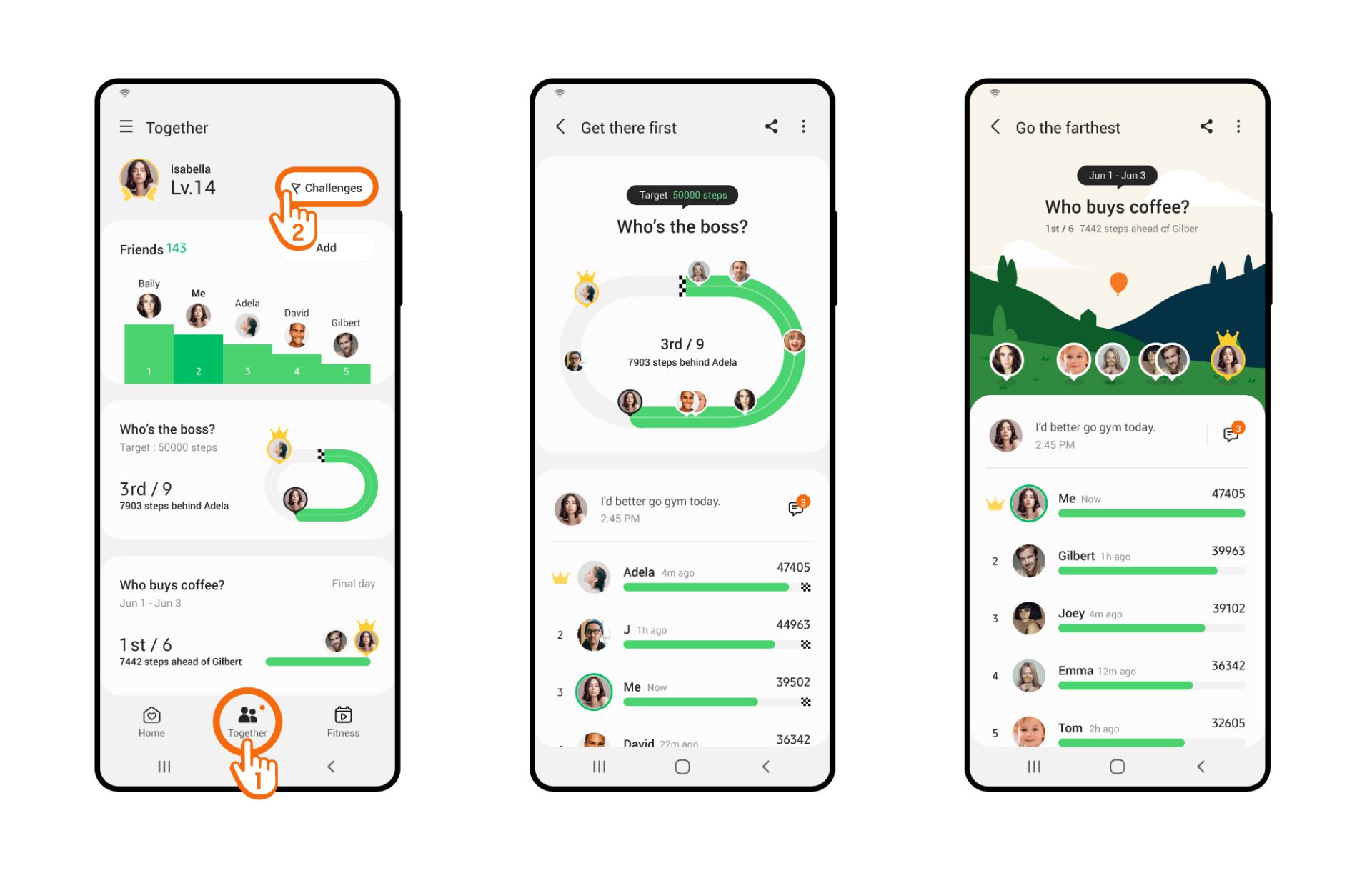
Spoiler alert: fitness tech saved more than just me. It’s no surprise athletes spend just as much time on screens as they do on exercise. But this might have been the key to beating a first 10K and doing 15-year-old me justice. Apps including Samsung Health and Nike Run Club were some of the tools a first timer like myself dove into. My generations-old Galaxy Note 8 still kept that Samsung Healthapp a proprietary one. That’s because it was secretly a free trainer sitting dormant in my pocket for years. Like other apps, the first-party Samsung Health is complete with a brief “consultation”, pre-made plans and coaching.
The “consultation” part comes with using apps like Nike Run Club and Samsung Health for the very first time. Both setups ask for the essentials. Age, weight, height, and diet seem awfully specific for an app to learn. But these pieces of info progress as users do. The setup also measures goals which are tailored with do-able steps. In other words, users can pick any type of activity they want. A good fitness tech app in 2022 uses that physical info to lay out bite-sized exercises without killing users.
Putting this process into perspective with Samsung Health, I needed help for a 10K. The app’s Fitness section showed a catalogue of programs to pick from. Of course, options like Run 10K and First attempt at 10K were easy to find. The dedicated Nike Run Club app plays out even simpler. As a tool designed exclusively for steps, its Guided Runs section also serves up pre-set programs. Here, the Nike Run Club finds something specific through 10K Head Starts, 10K Race and 10K Run. They can also be downloaded to let users run with a guided coach (more on this later).
Samsung Health lets users decide how they work towards any goal. Better yet, every pre-made training regime lays out the number of weeks. This includes picking availability as Samsung’s app evenly weighs out bite-sized sessions. The Run 10K program I used managed to accommodate my busy work week. Despite running two days a week, Samsung Health took things slow. Realistically, newcomers aren’t expected to run a full 10 kilometres on Day 1. Instead, each session in my Run 10Kprogram pushed things a tad bit further. By the last session, users could run a 10K by habit.
The Nike Run Club app takes a more direct approach. Users still follow a guided tour of sorts through any 10K course of their making. Nike’s program pushes things gradually in a single session. It wouldn’t be fair for me to expect users to start slow if they want results sooner. Here’s where Nike Run Club is tailored for users conditioning themselves for a 10K each session.
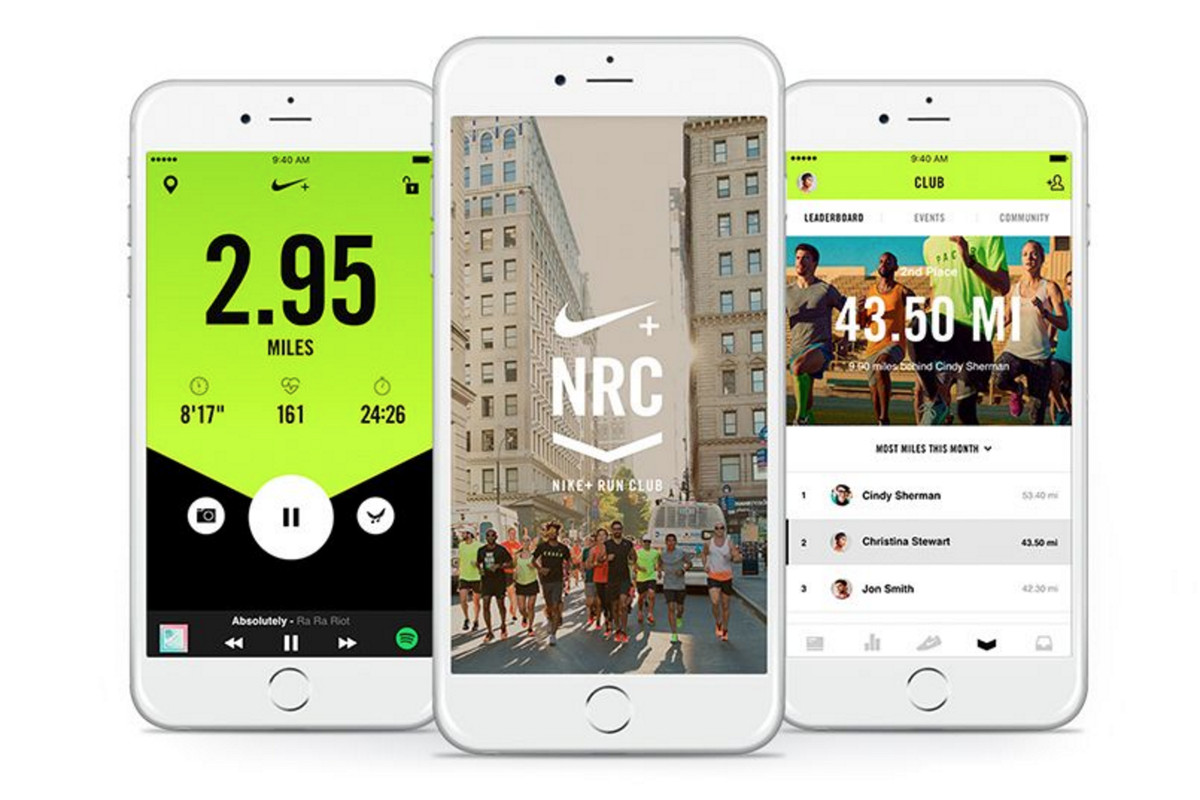
It’s a far cry from Samsung Health, opting for the “slow and steady wins the race” approach. But these training styles are highly subjective, and I recommend users to see what works for them. Sore legs, sweat, breathing and all. I struggled to run at a slower pace on Day 1. But cardio has a way of stretching the lungs and heart. This progression naturally made it easier to keep up with an app’s program – as scarily intended.
Take this obvious fact from a newbie to fitness tech. Tracking is an absolute game changer for both the Nike Run Club and Samsung Health apps. The feature uses your phone’s location to track pace. This helps users see how many kilometres an hour they are currently running at. Both apps use pace to push runners along to that 10K goal.
But running at a car speed of 10 kilometres per hour is much easier said than done. For Samsung Health’s slow approach, every new session ramps up the km/h speed. A voice coach tells users to maintain their speed across the run. If users ever wished someone could egg them on, fitness tech apps fill this awfully specific void for exercises. Where Rocky had Mickey, app users have AI coaches to guide them.
Smartwatch users have all the advantages of tracking their progress on-hand. If you have one strapped to your wrist, chances are a tiny coach is waiting to come out. Both the Samsung Health and Nike Run App feature live stats. The always-on function with my Galaxy Watch eased my anxieties of keeping up mid-exercise.
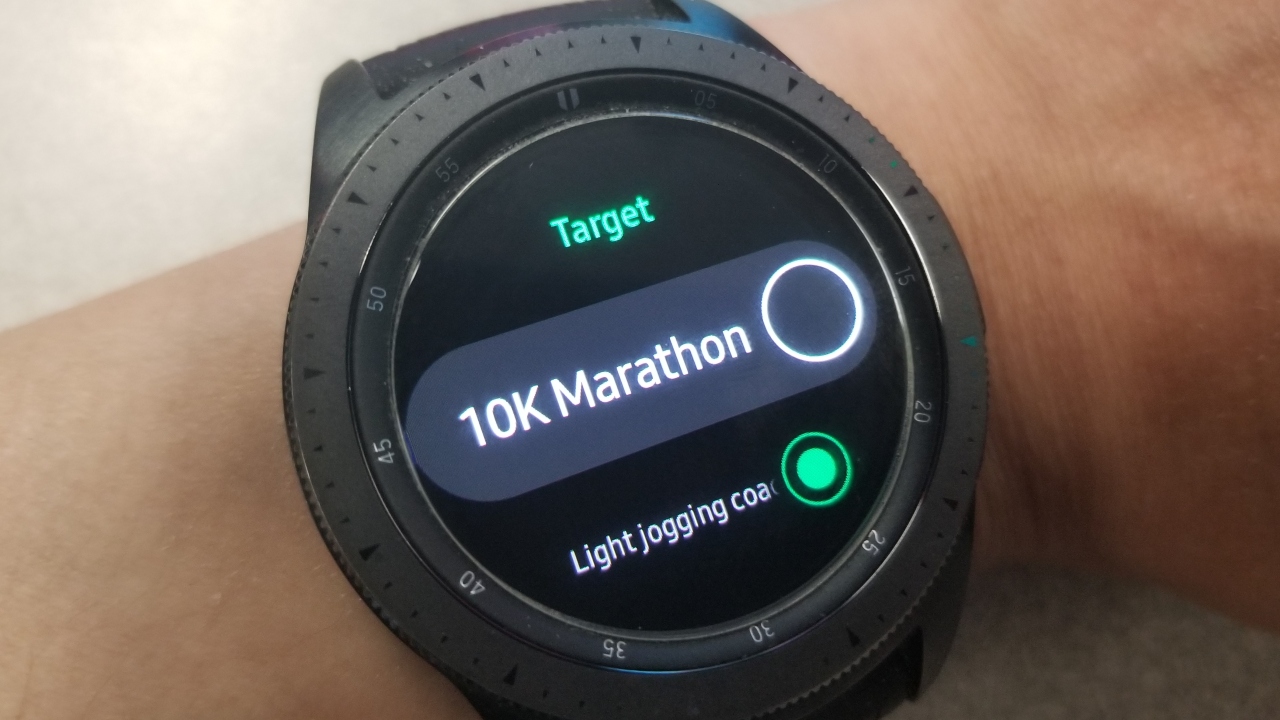
Of course, it helps to groan over the remaining distance and frantic heart rate too. These features let runners remotely pause or start their workouts more intuitively. I don’t recommend pulling out a phone mid-run more frequently than needed. A phone-free run is also entirely possible with smartwatches. While logs stored on an Apple Watch, Fitbit Charge 5 or Galaxy Watch are synced to their respective devices.
Truly wireless earbuds like the Apple AirPods and Galaxy Buds are essential. Yes, for music too. But these also let runners hear the AI coaches directly. It goes without saying users can be told to slow down or keep up according to pace. A steady pace keeps users from burning themselves out. The voice coach comes optional but is highly recommended for new runners who overdo it and risk injury. To make AIs more fun to use: call them J.A.R.V.I.S. or F.R.I.D.A.Y. I won’t tell.
It wasn’t a stretch to mention how fitness tech apps make the process fun. Apps like Samsung Health, Nike Run Club and Strava gamify the entire process for users. Goals like reaching 10K and new speeds serve as mission objectives. Logged info including time per km, average pace and calories are a user’s new high score. Social integrations let users even compare notes with friends. Weekly challenges give users more ways to shake up their exercises beyond their programs. As for running outdoors? Cue the open world comparisons.
The Nike Run Club and Samsung Health apps shouldn’t take full credit for reviving fitness. CGM’s own active crew found renewed interests through a number of products. Peloton’s Lanebreak follows a similar path of gamifying cycling. It works as a program for Peloton smart cycles, letting users turn goals into points. The playable mode gave writer Brock McLaughlin new reasons to stay on a Peloton Bike+. Like other fitness tech services, Peloton dished standard workouts disguised as Guitar Hero-inspired rush. As McLaughlin wrote, “hit the target areas and rack up points. It quickly becomes addicting.”

Fitness tech apps including Ciye also put high scores on swimming. I noticed this model as early as my review of the FINIS Smart Goggles. It looks, feels, and works like any swimming goggle. But users are guided with a heads-up display. Real-time information brings swimmers up to speed with their progress. Here, data acts as a baseline for the next workout. While logs from the Ciye app also track distance, calories burned and achievements per workout. Fitness tech apps make informed suggestions based on that exercise data. But all this comes in a matter of consistency; something digital fitness tools offer efficiently and addictively.
The Samsung Health and Nike Run Club apps made fitness fun again for my bold 10K crew (aptly named Grant’s Girls). Newcomers can appreciate a bit of help from their own phones to reclaim summer body status. But looks are just a by-product of tangible progress recorded after each exercise.

I was happy to cross the finish line after a run across Toronto’s midtown at 57 minutes. Months of training with fitness apps made the difference between crawling or a Naruto Run to the finish line. It took me 12 years since the cross country run to realise consistency was key. Fitness apps made it possible to put progress into solid figures. Users are rightly encouraged to train. It takes a very digital push for apps to make fitness more do-able for newcomers and veterans alike. There’s a coach in all of us. Specifically, a few taps away.
